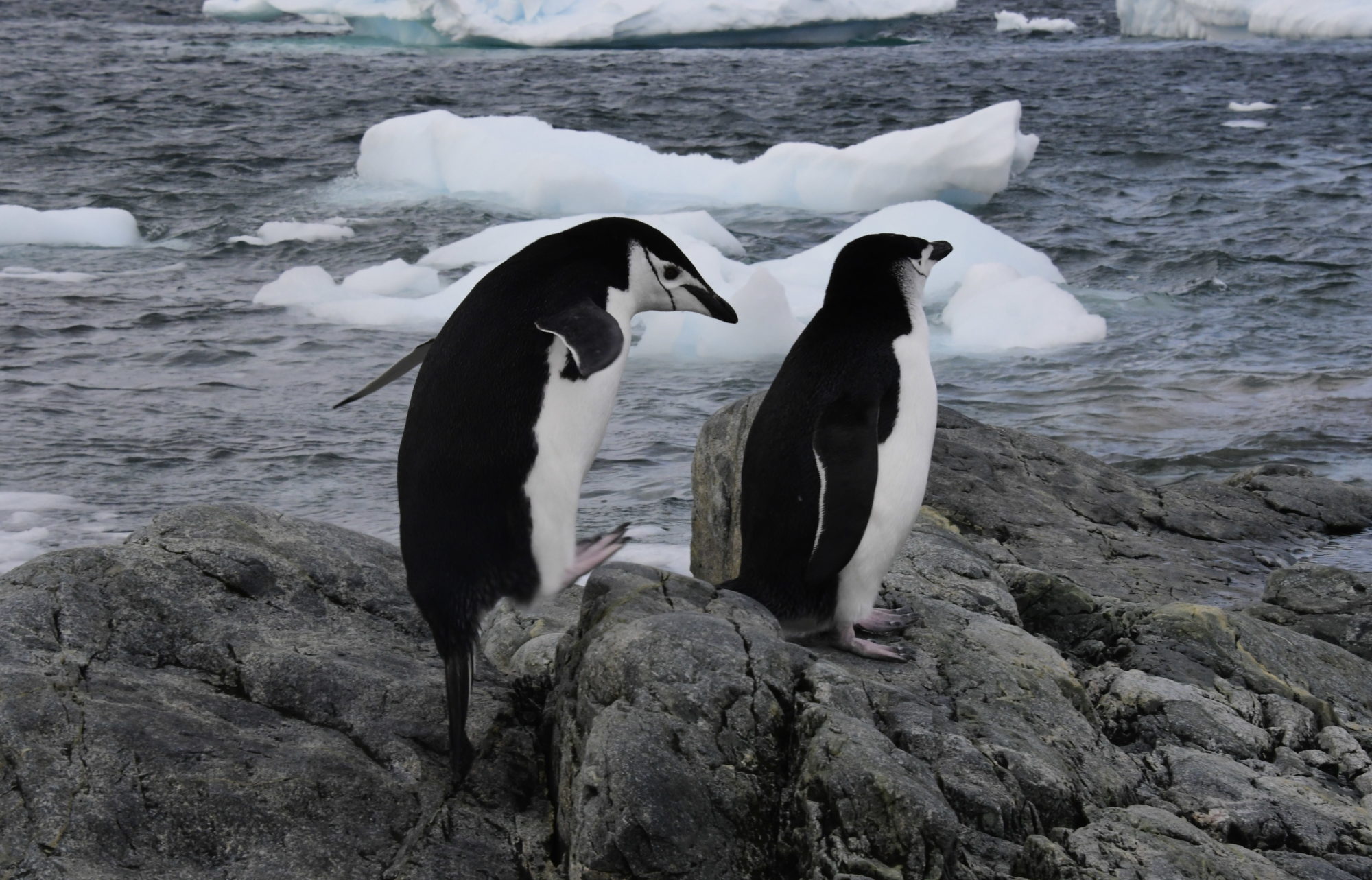
Through photography, philosophy and science, I would like to enhance your love of our planet, so that we will protect her and her creatures.
My interests range from consciousness to human and non-human animal behavior, to nature, to places and creatures of beauty, and to human interactions with these. We can find beauty in every creature.
At times in the past hominids were scarce
We live on a beautiful planet, at least in our eyes, and at this time, we humans have become a major force in shaping the planet’s climate and the lives of its creatures. In the past, human population was relatively small. In fact there may have been bottlenecks in which few individuals were extant or where populations comprised very few mating pairs. (See topics such as population bottleneck, Toba catastrophe, long bottleneck, https://en.wikipedia.org/wiki/Population_bottleneck.)

Hominid extinction was possible in the past and present. Now extinction of other species at the hands of humans is increasing.
At those times the viability of humanity was in question and extinction possible. Now the tide has turned in which humans count in billions (http://www.worldometers.info/world-population/)
and the problem is how much will humans alter the face of the earth, and the species humans have and may make extinct. ( http://www.biologicaldiversity.org/programs/biodiversity/elements_of_biodiversity/extinction_crisis/ ; http://news.nationalgeographic.com/news/2014/05/140529-conservation-science-animals-species-endangered-extinction/ )
Whether to exploit nature or live in harmony with nature
Humans have had different consumptive social practices. Tribal societies tended to live in harmony with nature, not upsetting the natural balance. But some societies were exploitative, burning and clear-cutting forests, mining, over-fishing, making extinct diverse, species such as wooly mammoth, neanderthals, European red elk, and nearly killing all the whales.

I believe that there is a necessity for us all to commit to non-exploitative practices. A fine study of the contrast in exploitative versus conservative practice’s can be found in Charles F. Wilkinson, Crossing the Next Meridian: Land, Water, and Future of the West (https://www.amazon.com/Crossing-Next-Meridian-Water-Future/dp/155963149X/ref=sr_1_6?ie=UTF8&qid=1483741977&sr=8-6&keywords=charles+wilkinson).

Energy usage
A society’s well-being can be quantified by its energy usage but that energy can be gleaned from least-destructive sources. A lot of human destructive practices has been attributed to the Tragedy of the [Unregulated] Commons. Garret Hardin explored the damage individuals inflict on the environment unwittingly, and the unpredictability of the consequences of human actions. For an introduction, you can read his original works or get the Cliff-Notes summary from wikipedia.org: https://en.wikipedia.org/wiki/Garrett_Hardin; https://en.wikipedia.org/wiki/Tragedy_of_the_commons.
Tragedy of the Commons versus conserving Common Pool Resources

Elinor Ostrom, PhD, Nobel Laureate, argued that humans could regulate their use of “commons” with buy-in by all the users, the stakeholders, who would protect their resources (Common Pool Resources). https://en.wikipedia.org/wiki/Elinor_Ostrom. Dr. Ostrom’s writing is quite readable and rife with examples of societies in which their commons were protected and policed. See, for example: Governing the commons: The evolution of institutions for collective action. https://www.amazon.com/Governing-Commons-Evolution-Institutions-Collective/dp/1107569788/ref=sr_1_1?ie=UTF8&qid=1483742808&sr=8-1&keywords=elinor+ostrom

To understand and see nature is to love it
My goal is to illustrate our natural world with my photographs and videos and also some scientific insight to what is observed.There are many beautiful photographs and videos by others and they continue to inspire me. Art can be used to increase environmental awareness. (See Boyd Norton, Conservation Photography I have also read scientific articles and books. Having the background of a generalist, someone who has studied sociology, physics, law, environmental policy, biology and who has practiced photography, videography, as well as meditation (TM), and aikido, I would like to share my love of nature with its beauty and fragility and a modest understanding of those processes, and inspire those who care to care, for each bit of it. In the future, my posts will be more specific in nature.
People protect what they love. Jacques Yves Cousteau



Incredible photos. Would love to see more!